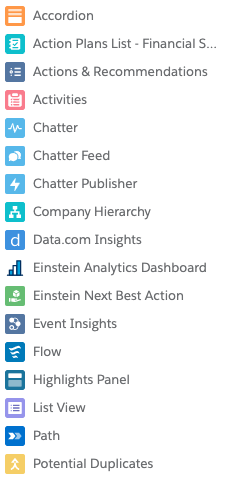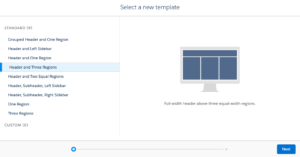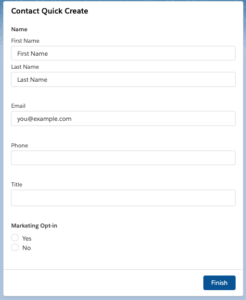As any remote team will know, digital collaboration is essential. Not only does it help you get to know your fellow team members better, but it can also help you be more productive.
However, most businesses will have multiple tools that overlap in functionality. This can make it challenging to know what tools you should use and when. More often than not, people then tend to fall back into email as this is where they feel most comfortable. However, generally, this is not the right tool for the job and can reduce collaboration and productivity.
Salesforce has collaboration features that you may not be using, however, can really help improve collaboration when working with customer data.
Collaboration on Chatter
Chatter has been around since 2009. As an enterprise social network, Chatter is a way of helping everybody stay connected in a similar way to how you would use Facebook, LinkedIn or Twitter. It can be used by Employees (even if they don’t use Salesforce), Partners and Customers.
Chatter contains many features that would be familiar to anybody using social media. This includes posting updates, mentioning other users and sending images & attachments. Along with this, you can also post set questions, create polls and build custom actions.
Many businesses are not sure how they can get started with Chatter, and as such, it is often overlooked as a collaboration tool. To get started, you need to get an understanding of what the tool can do, who is going to use it and the purpose.
Getting Started with Chatter
Within Chatter, you can follow people and records, making a personal daily feed of activity. This allows you to get an update on what is important to you without having to build reports or look at records.
There are many features of chatter that can aid collaboration if used regularly. These include:
Record Feeds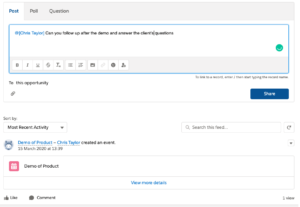
Each record within Salesforce has its own feed (including dashboards). The feed can be populated with automatic updates such as field changes (e.g. Person A has updated field Stage from Proposal to Committed) or posting updates manually to the record.
An excellent way for teams to improve collaboration on customer accounts is to use the feed to share updates specific to the record. These updates can include mentioning users (start by typing @) who will then be notified.
Keeping all internal account communication to a single feed will help you find specific notes, reduce the number of emails sent and start conversations on topics that are visible to other users.
Chatter Groups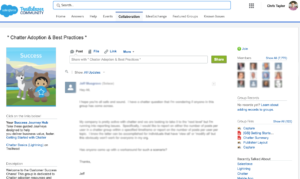
Groups are rooms of certain individuals that can be public or private depending on their need. Each group will have members that can publish and view posts.
Private groups are great for teams to share knowledge, information & documents. They keep discussions in a single place rather than using emails that can potentially get lost or left unread. You can even invite customers to private chatter groups, so they have space where they see updates and shared documents.
Public groups can be used for sharing company updates as well as collecting information on specific topics that are relevant to a broad audience. For example, you can create a group for each major competitor. These groups can be used to share information related to that competitor and ways you have beaten them on deals. This can then be used as a resource hub by other members of the team when they are going up against that competitor to give them the ammunition they need to help them win their deals.
The best place to see groups in action is through the Trailblazer Community.
Streams
Streams are custom feeds that you can build from the people & records you follow as well as groups that you are members of. They are a great way to focus on the feed information that is most important to you. You can get alerted about ongoing activities that you may not have been mentioned in explicitly.
How do I get started?
The best place to find out more on Chatter is through Trailhead. After that, if you are still not sure where to start, or you are looking at ways to improve collaboration on Salesforce, get in touch and one of our experts will be happy to help.



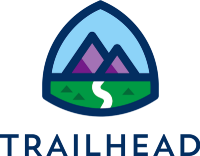 If you have been working with Salesforce for a while, you will have heard about Trailhead. Trailhead is Salesforce’s free to use learning platform. It helps Admins, Developers and users get a better understanding of the ever-growing Salesforce platform.
If you have been working with Salesforce for a while, you will have heard about Trailhead. Trailhead is Salesforce’s free to use learning platform. It helps Admins, Developers and users get a better understanding of the ever-growing Salesforce platform.